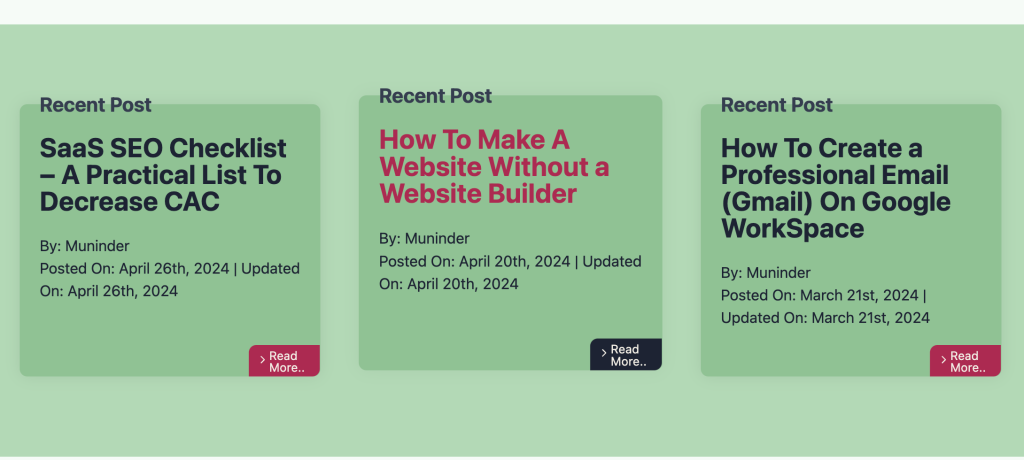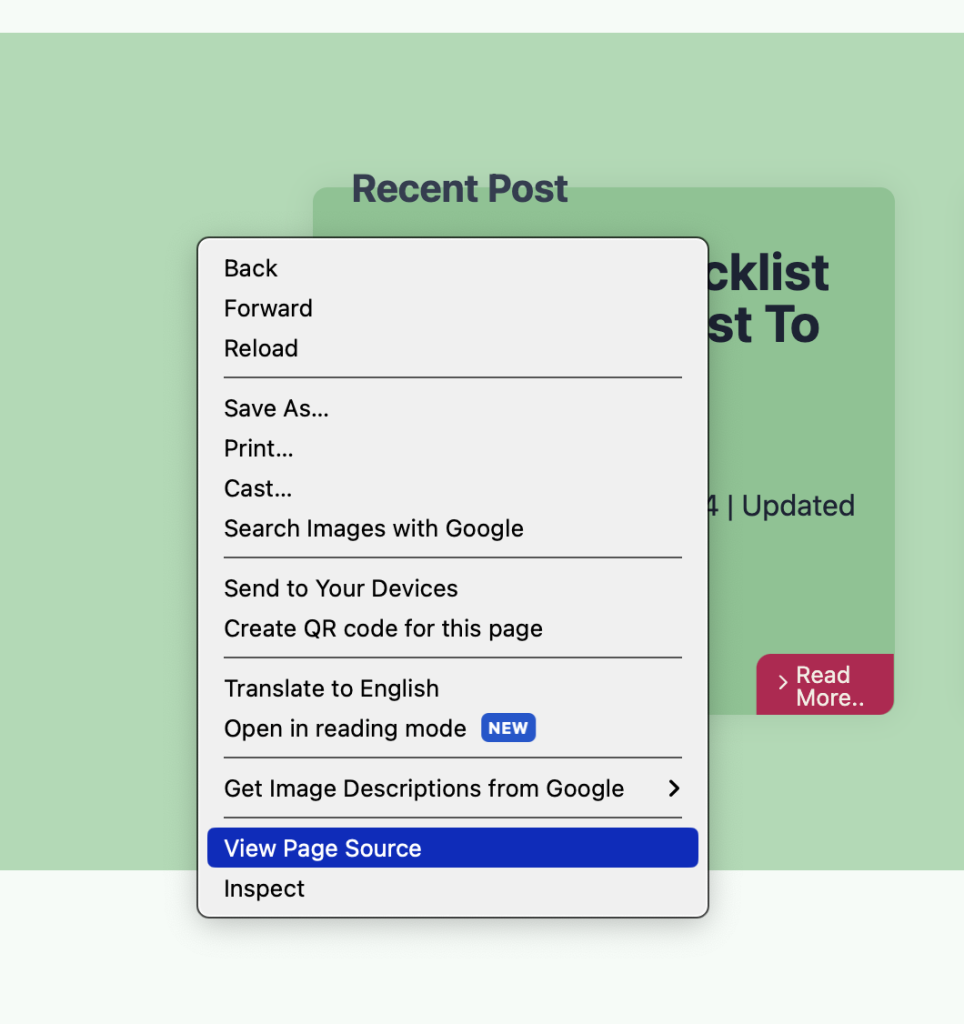Recently I started the Custom Link Building Service here on this website and I started getting some service requests.
Talking with more than 20+ business owners on my Free 30-minute personalized Link Building Consultation Offer, I understood a few things:
- Most business owners do not understand how backlinks help them get leads and sales
- Some know a bit more than this. They consider more backlinks the merrier.
- Some asked me to build links to product pages or service pages. They were ready to give me a list of targeted anchors.
- Some business owners have a complicated perception of good backlinks. They involve a ton of vanity metrics like
- Domain Rating
- Domain Authority
- Page Authority
- URL Rating
- Referring Domains
- Referring Pages
- Search Traffic and so on to understand what is a good backlink.
All these above statements were CORRECT statements for a set period in the past. But, SEO is a very young and evolving marketing domain.
Things change fast in SEO. The definition of good link building is no exception to this. It was true that more backlinks meant better rankings in 2007 – 2009. Targeted anchors did work till 2017 – 2018. Metrics like DR, DA, were relevant factors in 2020. Then it was DR or DA vs Traffic in 2021, and 2022. But now all these are vanity metrics.
To give a resource to my clients and service seekers to understand
- what is a backlink, and
- what is a good backlink
I created this resource.
First, let’s get started with the basics of What is a Backlink?
So, what are backlinks?
Backlinks are links that other websites give to your website. – Here you receive backlinks.
Backlinks are also links that you give to other websites. – Here you are giving backlinks.
If this explanation seems a bit confusing, let me break it down by explaining what is a link.
Links – Links are crucial components of the web, making it interconnected. By using links, you can create clickable hyperlinks on a webpage.
Links are clickable texts on a website. They can be internal or external links.
For example, consider the section on the dailyblogging.org website. When you hover your mouse over the Pink Text or the Read More button, the color of the text and button changes. If you click on them, your browser will navigate to a new page about how to create a website without using a website builder.

In this section, all the recent post titles are links. They are made using the <a> tag in HTML. If you are familiar with HTML, any <a> tag you see in the source code of a page in Chrome represents a link.


All these <a href=”https://some-url”>some-url</a> are essentially links.
These <a> tags in the source code are creating hyperlinks on my homepage. When you click on these links, your browser will direct you to the respective posts on my blog. Since you are being redirected within my site, this is considered an internal operation of my blog, making these internal links.
When I click on a link and my browser takes me to a third-party website, I am creating an external link. If the anchor tags in my website’s HTML include a third-party URL in the href attribute, I am providing an external link or backlink to that URL.
That is the definition of a backlink. Now let’s discuss the connection between SEO and Backlinks.
That is the definition of a backlink. Now let’s discuss the connection between SEO and Backlinks.
How Backlinks Improve Your Search Engine Rankings.
When search engines started first, they used things like meta titles, and descriptions to qualify the relevance of a page to a keyword.
Then came things like Keyword density — trying to stuff text with a bunch of keywords related to a topic to rank for a particular KEYWORD.
As I mentioned earlier, links are the building blocks of the web, they are also the building blocks of search engines.
Back in 2005 – 2009, when the search was in its early days, there were no modern pattern recognition, text understanding, sentiment analysis, and Gen-AI technologies. By 2005, there were already enough websites on the web and the web needed a search engine to help people use the web effectively.
And search engines needed a method to rank websites in some logical and meaningful order.
And that logical method they used back then was backlinks. I assume they borrowed the concept from the academic world. In academia, the value of professors and PhD students is often gauged by how frequently other professors and students cite their research papers and studies in the same or related fields.
As far as I remember in those days in 2007 – 2009, it was very hard for search engines to understand the relevance and context of the page. So back then it was pretty crude, the more the links, the merrier it was. They even had a concept of page rank. A website with more backlinks had a higher page rank.
So back then to get to the top of search engines for your targeted keywords, use your targeted keywords as anchors and get as many backlinks from as high link juice or page rank websites.
Since the term SEO was not that popular back then, there were not many trying to game the search engines.
But this gradually started changing as more and more people started seeing the benefits of ranking at the top of Google search engine ranking pages for their target business keywords.
- More and more business owners started buying backlinks.
- And more and more SEOs started creating a network of blogs using dropped domains to sell backlinks to those business owners.
As this was getting out of hand, probably to save their reputation as a search engine, Google started to roll updates like Panda and Penguin to fight link and content spam on the web.
If I am not wrong, that’s when the concept of a good backlink started.
How To Identify A Good Backlink
The meaning of a good backlink has been changing ever since.
- Post penguin updates, it was all about not using spam links
- After that, it was about high-DR links to the target page
- A little later it was all about not spamming backlinks with anchor text – the anchor text ratio
- After that, it was all about your domain power. There was no need for direct links to the product pages.
- Then came the in-context links
- Very soon, it was also domain relevance.
A good backlink in 2024 is a link from:
- RELEVANT Industry
- RELEVANT Post
- Not a forced anchor – the anchor text should integrate seamlessly into the post. It should invite the reader to click through, offering them further insight or added value.
- The link-giving site or referring domain should have never sold any links.
- The link-giving site is a genuine site with real business and purpose.
In short, in 2024, a good link is something organically acquired.